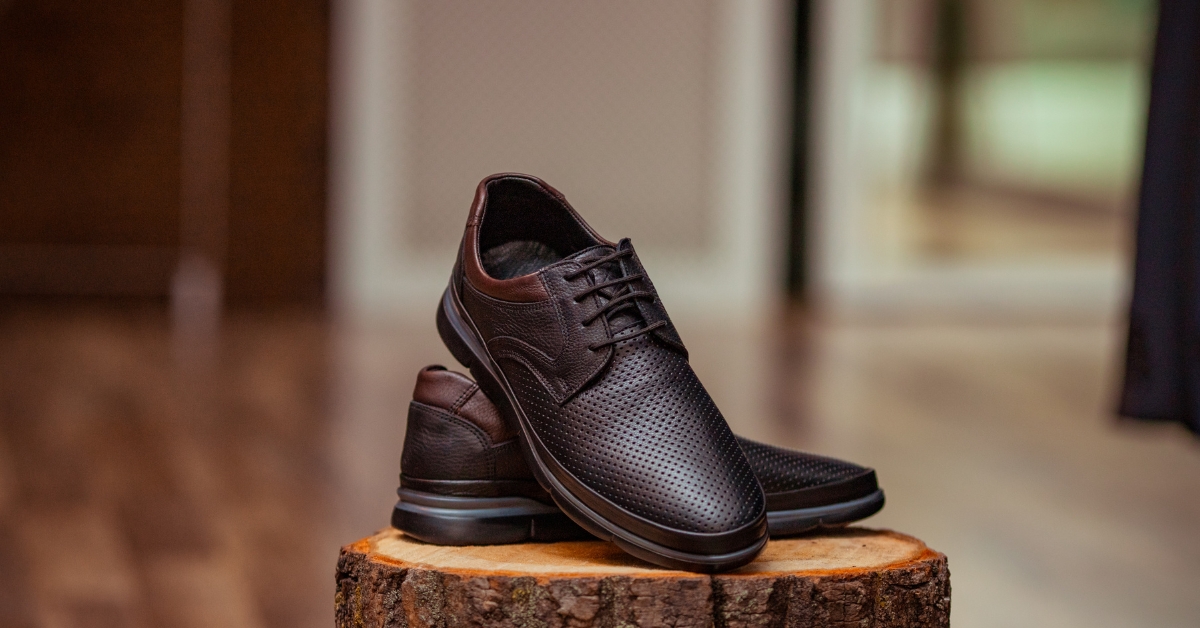Ever walked through your day only to feel like your feet are trying to send an SOS? That burning pinch, the numb toes, the odd aches that show up after a few hours — most people chalk it up to a “long day.” But there’s a good chance your shoes are actually too narrow. It’s not just uncomfortable. It can lead to real, lasting damage if left unaddressed.
Feet are complex structures with 26 bones, dozens of muscles, and thousands of nerve endings. Squeeze them into shoes that don’t fit properly, and they’ll let you know. The problem is, the signs aren’t always obvious at first.
Here are six clear signs your shoes are too narrow, and why it’s worth paying attention to them.
1. Tingling or Numbness in the Toes
If your toes start to go numb or tingle after wearing certain shoes, it’s not just a fluke. This is usually a sign that nerves are being compressed, and you need to upgrade to a pair from Wide Shoes.
When shoes are too tight across the forefoot, they press on nerves, especially around the ball of the foot and between the toes. Over time, this can lead to more serious issues like nerve inflammation or neuromas.
This feeling typically shows up after a few hours, but in some cases, it kicks in within minutes. Either way, if your toes regularly feel like they’re falling asleep in your shoes, it’s a red flag.
2. Red Marks or Indentations After You Take Them Off
Shoes should never leave marks behind. If your feet are covered in red lines, compressed areas, or imprints after wearing a pair, they’re likely too narrow.
This happens because the shoe is pressing into the skin and underlying tissue. Over time, repeated pressure can cause blisters, corns, or calluses. It also means that blood flow has been compromised, even temporarily, which isn’t something to ignore.
Your feet should feel relief when you remove your shoes, not like they’ve been released from a clamp.
3. Corns and Calluses That Keep Coming Back
Footwear plays a major role in skin irritation. If you’re developing corns or calluses in the same spots — especially on the outside of the little toe or between toes — it’s a strong sign your shoes are the wrong shape for your feet.
These thickened skin areas are your body’s way of defending itself. Constant rubbing, squeezing, or pressure from a too-narrow shoe causes the skin to toughen up. The problem is, this doesn’t solve the root issue and can actually make walking more painful.
If you’re constantly treating foot skin issues but not addressing shoe fit, the problem is just going to repeat itself.
4. Your Toes Are Overlapping or Curling
Shoes that don’t give enough room across the forefoot can push toes inward or force them to curl. Over time, this unnatural positioning can lead to structural changes in your feet.
Conditions like hammer toes or overlapping toes often begin with shoe restriction. At first, you might just notice your toes looking slightly squashed when you take off your shoes. But if left unchecked, it can become a permanent issue.
Even more importantly, shoes that narrow too aggressively at the toe can stop your foot from functioning naturally when you walk, which affects everything from posture to balance.
5. Pain in the Ball of the Foot or Arches
It’s easy to assume that foot pain is just a sign you’ve been standing too long. But when pain appears specifically in the ball of the foot or along the arches, narrow shoes are often to blame.
When the shoe is too tight, your foot can’t spread out with each step the way it naturally should. This reduces shock absorption and increases pressure in all the wrong places.
This kind of pain can start subtly and build over time. It’s especially common in people who walk a lot during the day or spend long hours on their feet.
6. Your Pinky Toe Is Getting Crushed
It might sound basic, but a good way to tell if your shoes are too narrow is to focus on your pinky toe. If it feels tucked under or pushed against the side of the shoe, there’s not enough room in the toe box.
Even a small amount of pressure, when applied for hours each day, can lead to inflammation, soreness, and swelling. Some people even develop blisters or skin breakdown in that area without realising what’s causing it.
Look at the shape of the shoe compared to the natural shape of your foot. If your pinky toe has to turn in or bend to fit, the shoe is too tight. Full stop.
When It’s Time to Rethink Your Fit
If you’ve noticed one or more of the signs above, it might be time to rethink your footwear. Some people naturally have wider feet or higher arches, and not all shoes accommodate that. You don’t need to wear visibly “wide” shoes, but you do need to find ones that actually match the structure of your foot.
Here’s a quick breakdown of things to watch out for:
- Frequent discomfort – Even mild pain after a short time is not normal
- Visible toe squeezing – Toes should sit flat and relaxed, not curved or stacked
- Difficulty balancing – Narrow shoes can mess with your natural gait
- Worsening symptoms – Things like numbness or skin irritation that get worse over time are a key warning sign
Don’t Ignore What Your Feet Are Telling You
Your feet deal with more pressure and movement than almost any other part of your body. Squeezing them into the wrong shape day after day doesn’t just cause discomfort, it changes how you move, how you stand, and how you feel overall.
If your shoes are too narrow, your feet will tell you — you just need to listen.
Not every shoe fits every foot. Start with the shape of your actual foot and work from there, rather than forcing your feet to fit into shoes that don’t suit them. A better fit means better support, better posture, and less pain in the long run.
Stop blaming your feet for problems that are caused by poor-fitting shoes. The solution could be as simple as choosing the right width.










